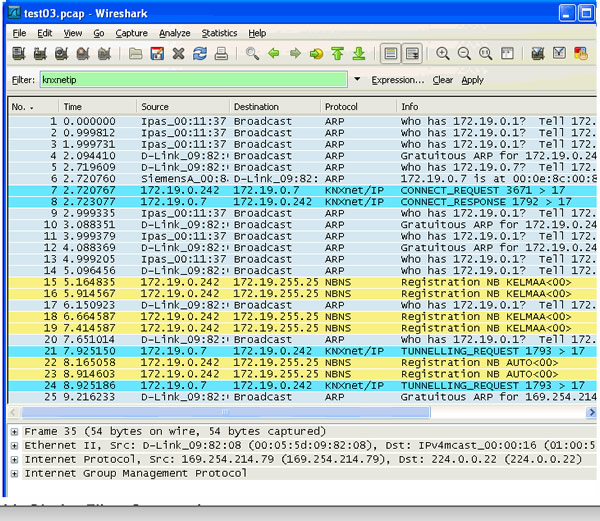 By Simon Buddle, Future Ready Homes.
By Simon Buddle, Future Ready Homes.
Another year has passed, 2019 is here. After a wonderful few days hiding out in deepest Wales with only the noise of the occasional sheep to break the silence, normal life has resumed. The journey to Wales had all the hallmarks of that ‘Hot Fuzz’ moment on the train when the mobile phone signal slowly and inevitable drops bar by bar, to be replaced finally with ‘No service’. The M4 dangerously overcrowded, all the way from London to Cardiff, until, finally the seething mass of red brake lights thins and gaps in the traffic begin to appear. The motorway drops to two lanes, less traffic again.

‘A roads’ replace motorway, and are followed by country roads with occasional places for passing. For the final few miles, we maybe see one car every mile or so. Every now and again we navigate past a local’s vehicle at one of the many passing places. A simple ritual performed multiple times without fuss or annoyance, find the closest place to inch by the other car, drive in or reverse to it, say thanks with a flash of the lights or a thumbs-up, and off we go. Walking the Pembrokeshire coast reveals stunning scenery at every turn, and a wind so cold it freezes the eyeballs. Life’s choices are simple for a few days; don’t let the dog get into the field of sheep, don’t fall over the edge, and wear waterproofs. Wonderful.
The information superhighway reaches KNX
Back in the sphere of digital data, the information superhighway has finally made it into the actuators of the KNX world. Is this a game-changing moment? With the latest actuators from Weinzierl for example, now IP-enabled, a new range of possibilities opens up for us. If the actuators become network-enabled, will we need twisted-pair (TP) connection in the future?

Retrofit
If I need to add a new device to an existing system and don’t have any twisted-pair in the right place, then certainly an IP-enabled actuator would make sense. This does, of course, presume that I ran data cabling, but not twisted-pair, to said location. Again, if needs be, I could use the data cable as my twisted-pair cable (see last month’s article: KNX Twisted Pair – it’s not Just a Little Piece of Wire). So really, because there is no data cable, this retrofit option is most likely going to end up on a bridged Wi-Fi network. For me, that’s too many points of failure to risk on a building management system. Remember, we’re not talking about a video signal buffering or music not playing here; these devices are controlling potentially critical systems in the premises. Hardwired onto the network makes absolute sense, but Wi-Fi? Remind me to talk about the Inverse Square Law at some point – the physics behind radio waves.

New systems
If, and it’s a big if, we saw every conceivable type of actuator become IP-enabled, would it make sense to create a fully IP-enabled KNX system? Each control panel could be equipped with its own data switch with an uplink to the main data network. Cost-wise, we’re going to spend anywhere from GBP£100 to £300 per 16-port switch, a bag of patch leads and some time to connect it up. That, versus the cost of hours of tediously creating twisted-pair interconnect cables might just be worth it. All keypads star-wired back onto the data network. One thing is for sure, it would make fault finding on the bus considerably easier. Or would it?
Fault finding communications on a data network is a real art. Capturing, reading and understanding ‘conversations’ on a data network is not for the feint-hearted. Please try the new KNX/IP Dissector plug-in for Wireshark when you have a moment.

Setting up an unmanaged data network is straightforward; just plug it all in and hope it works. However, I’m hopeful that most installers have moved beyond this approach, and are now installing managed networks with VLANs, robust firewalls and remote secure access.
The case for TP
Two recent experiences confirmed, for me at least, the value of the twisted-pair as the right choice for KNX communications. Halfway through last year whilst working with a good friend and colleague, we came across broadcast and multicast problems with Gira G1s. The dealer had deployed a Unifi network across three buildings with interconnecting fibres. At some point unknown, the network switches received a firmware update from the manufacturer. This prevented the G1 panels from being uploaded to, as the network switches saw the broadcast and multicast messages as data storms (snowballing amounts of excessive broadcast traffic in a network), and shut down the ports in order to protect the network. Except it wasn’t an attack, it was a perfectly valid communication.

Working alongside another dealer, they had a design that split a house into two areas linked over an IP network. No problem with that, except they have only just installed the data network. It meant that we had to commission the house in two separate chunks. No big hardship there. But think about this from a communications perspective. The plant room in the basement needs to know when there is demand for heat. For this message to arrive in the plant room it must travel firstly on twisted-pair, then onto the data network across two physical switches, via VLANs, then back onto twisted-pair and finally to the plant room controller. A big journey for such an important signal!
Conclusion
Firstly, let me say that I love data networks and the opportunities they afford us, but I also love the simple and robust twisted-pair. For me, that is the right transmission medium for such important and ultimately low-bandwidth communications. Like the roads in South Wales, it is perfectly suited to the type and quantity of traffic for which it is used.
Simon Buddle CEng MIET, is a consultant for Future Ready Homes, a specialist in BMS and ELV services system design.












